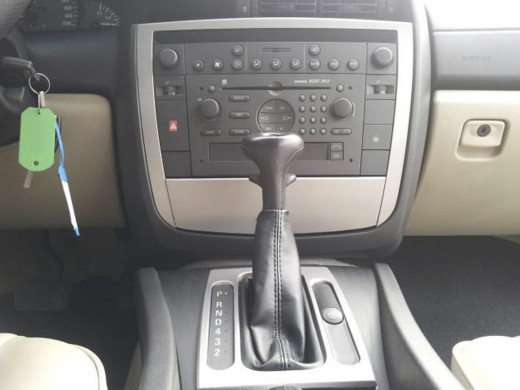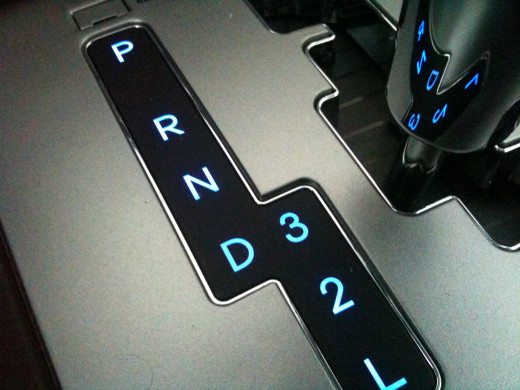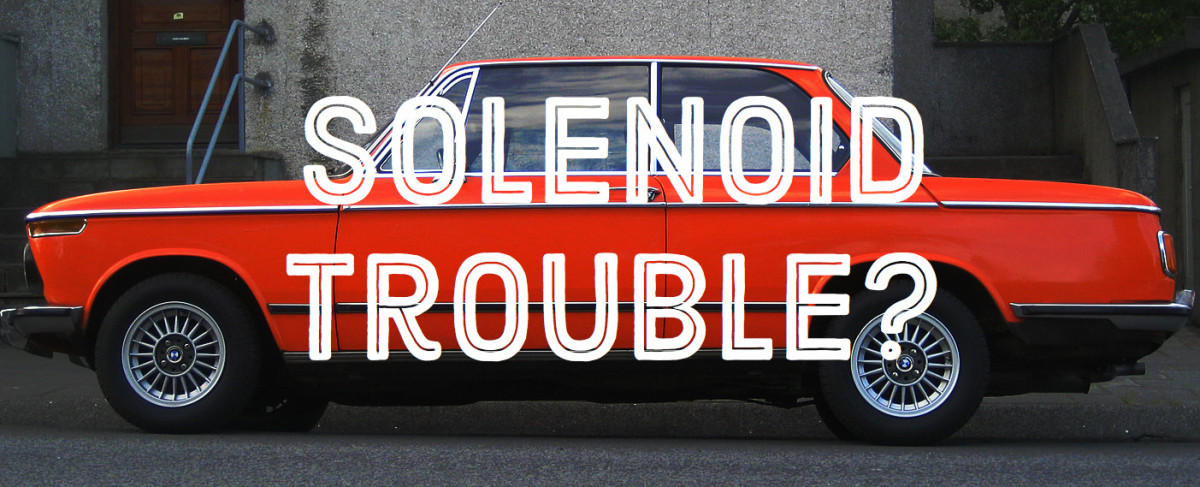Driving an Automatic Car
My experience driving an automatic car has not been always the same, living in Europe I am used to drive a manual transmission car, but after we purchased a Smart Fortwo, I have been also driving a semi automatic car, and experiencing some of the advantages.
During my visit to the US, I drove an automatic car, US style and I must say it is quite different from what I was expecting. I had more options than I was expecting, and no way to turn it manual. It was a funny experience, but maybe due to the car (Toyota Corolla) I did not like it so much as driving a manual.
Another car I drive automatic was the new Ford Focus, with semi automatic transmission, I do not know if it is my problem, but I was not used to such a high RPM when driving with automatic transmission, most of the time I decided to drive as manual, changing gear using only the fingers to press the button on the pad.
My best experience was with a Toyota Auris Hybrid, with a smooth automatic transmission and very easy to drive, I only had to choose the option to decide the style of driving I wanted.
I also heard that the new automatic transmission from Volkswagen(DSG) and Mercedes are very good, but I did not have the chance to experience it.
The main advantages that I can point are:
- 2 Pedals instead of 3
- Not having to press the clutch pedal whenever necessary
- Having your arms concentrated on the wheel
- Easier to drive in stop-and-go situations
The disadvantages are:
- Less control of the RPM and Gas per Mile.
- Less control to do overtakes and sudden acceleration (specially on "sport" driving)
These are in consideration that I am normally used to the manual transmission, if you drive everyday an automatic you probably think different.

How to drive an automatic Car
If you already know how to drive a manual transmission car, you may get easily used to the automatic transmission. The main difference is the lack of the clutch pedal, which means you can rest your left leg.
The other big difference is the rest you can give to your right arm (left in the UK and others), since you will not be needing it to be changing gears.
If you do not know how to drive at all, you can check some links at the bottom of this hub.

The simple things on the Gear-shift lever
Your gear-shift lever in automatic transmission will have at least three possibilities,
- Drive
If you want to go forward, this is what you want, the D that means you just have to drive forward and turn, using the steering wheel.
- N/Parked
If the car is parked and you just want to have it braked and get out, you should have it with N or P, it means it is parked and wheels locked, but don't forget to use the handbrake, it can be important so your car does not move.
- Reverse
The R is used to drive reversing, do not forget to look before reversing, and be alert, it is hard to see everything behind the car, specially if it is something small or even children..
Video of "How to drive an automatic car"
When does the car start moving?
Most cars will start moving after you take your foot out of the brake, even before accelerating. So be careful, if you have a small space between the car and an object or other car, taking your foot suddenly from the brake, can make your car move against it.
Some cars only move after you start accelerate, in that case, when you want to start moving you should take your foot out of the braking pedal and press the acceleration pedal smoothly.
What should I do if I stop at a red light?
If you stop on a red light you can simply press the brake pedal and wait, you do not need to change the gear to N, leaving it on D, is enough and when the light turns green you are ready to go.
Selecting your style of Driving
From the cars I have driven the most common names for modes are:
- Economy
The gear will up-shift at a low engine, it will maintain the engine at low RPM. This is the best way to save some gas, and avoid a higher bill at the gas station. However you can feel the car being a little slowcoach.
- Standard
Just the normal of an automatic car. Depending on the car, it can please you or not.
- Power
This is also known as the "Sport Driving", if you like speed and accelerate whenever possible, it is the ride mode for your. Do not care about the gas, just press the pedal and you will feel the full power of the car almost to the maximum. This can be specially useful for climbing mountains or slippery surfaces.
Driving on Traffic Queues
When driving on stop and go situations, the automatic is much better, you just have to press the pedal necessary for going or stopping.
In a manual transmission car you have to push the gear pedal whenever you want to go, and when you stop you can stay pressing the gear pedal, or change the gear to neutral. This requires attention and always be pushing with the left leg and using your arm.
Kickdown
If you are driving an automatic and want to do an overtake, there is a way to shift down a gear, to increase the acceleration speed. That is the kick-down on the throttle pedal, when you fully press the pedal, the car should shift down a gear and there you go, your car is giving full power to do the overtake.
Layout of manual transmission with the gear number written.

Left and Right legs
If you are used to drive a manual transmission car you are probably used to use the left leg to push when changing gear and the right leg to speed and brake. On a automatic transmission car your left is free, there is no pedal for it, so you can use the left leg to brake and the right to speed, but be careful. Since the left leg is used to push hard and down, if you do it when braking, you are going to brake hard.
Since I drive both manual and automatic, I never use my left leg to brake, I tried and it did not go very well, so when I drive an automatic the left leg goes resting and I do all the work with the right leg. I guess the habit is hard to change.
Brief History
The beginning of the car as we know it nowadays started probably during the nineteenth century. The most important countries for the evolution of the car industry in the beginning were Germany, France and the United States.
The automatic transmission for cars was patented in the first years of the twenties and General Motors started developing it during the 1930s.
The big difference between Automatic Cars in US and Manual in Europe started more than fifty years ago and still continues that way.



